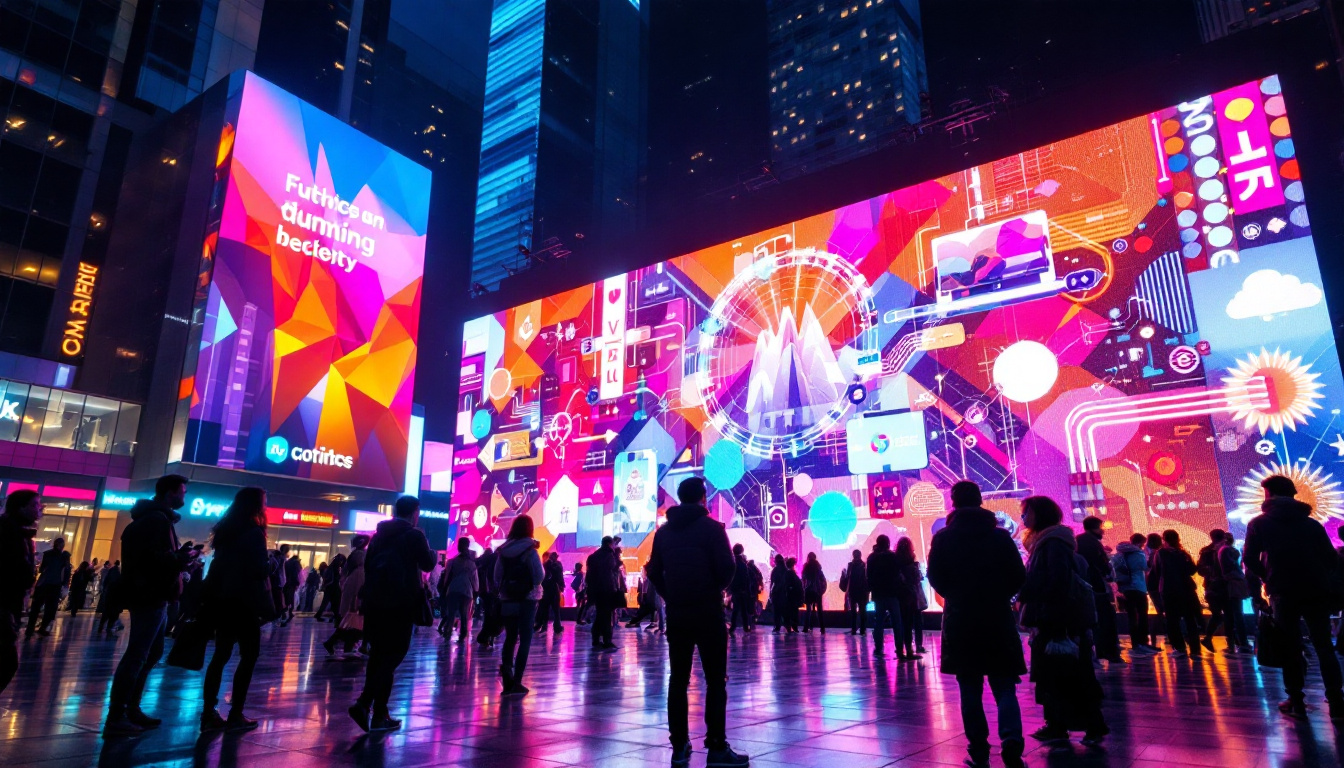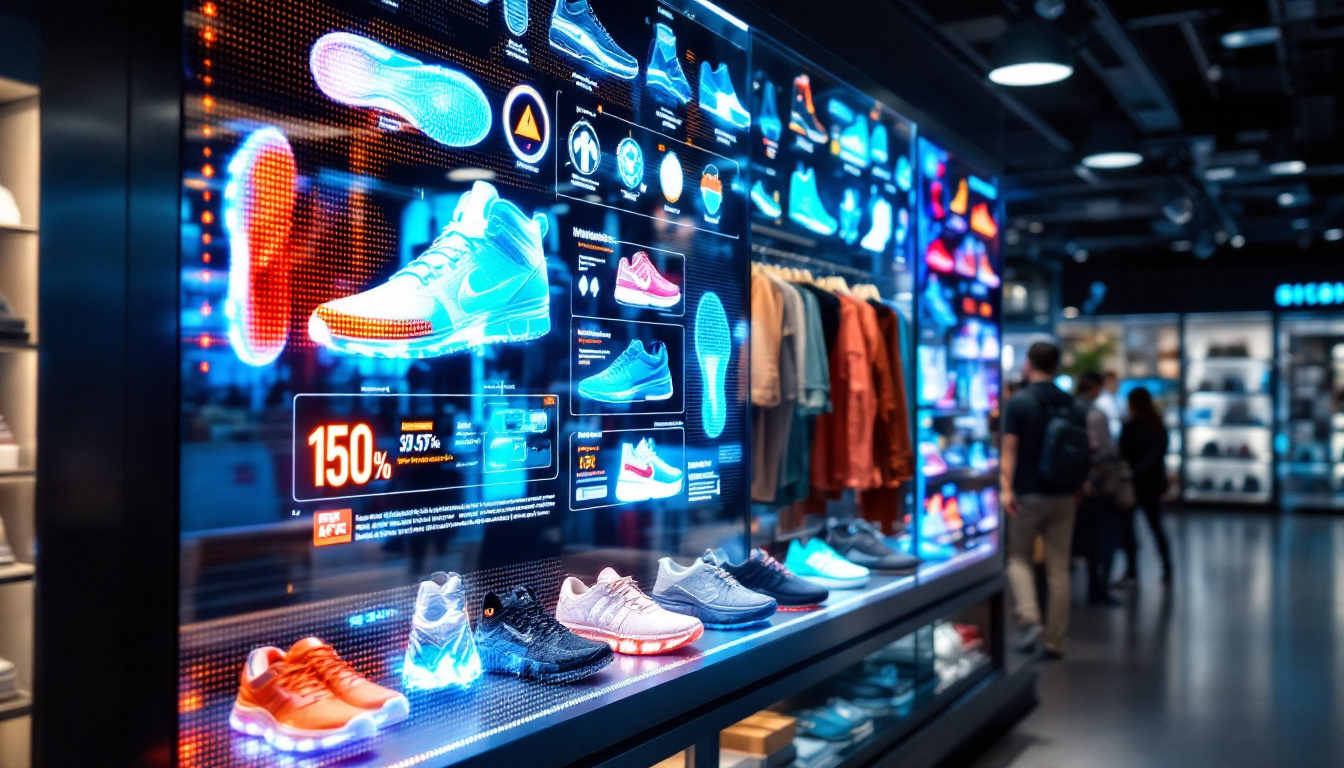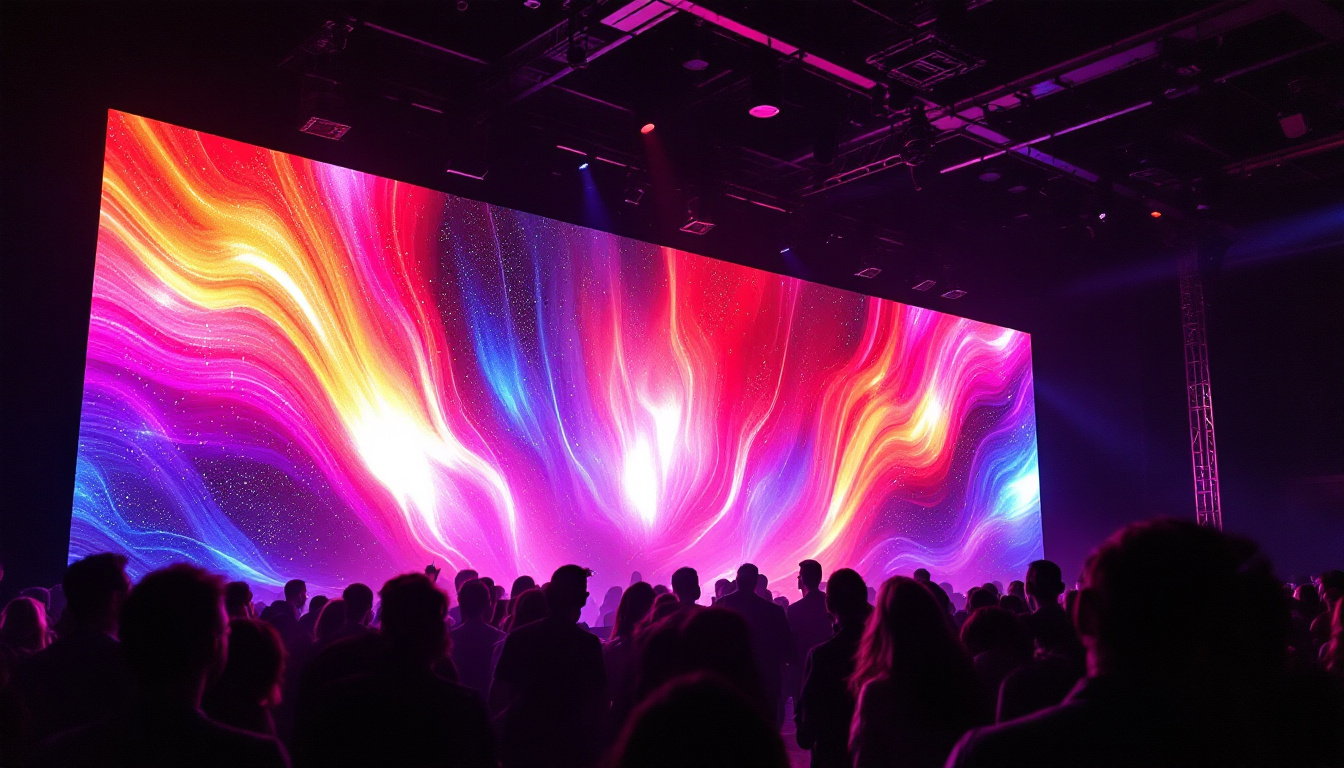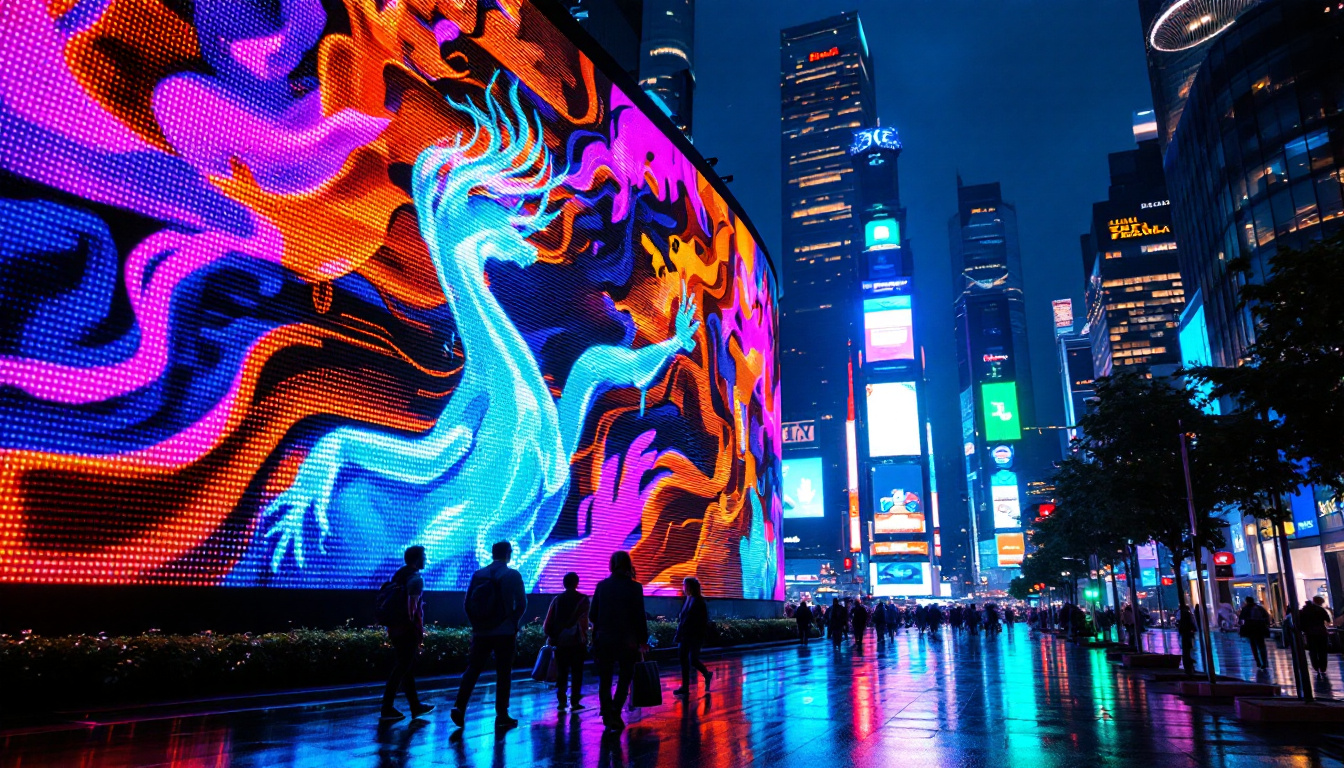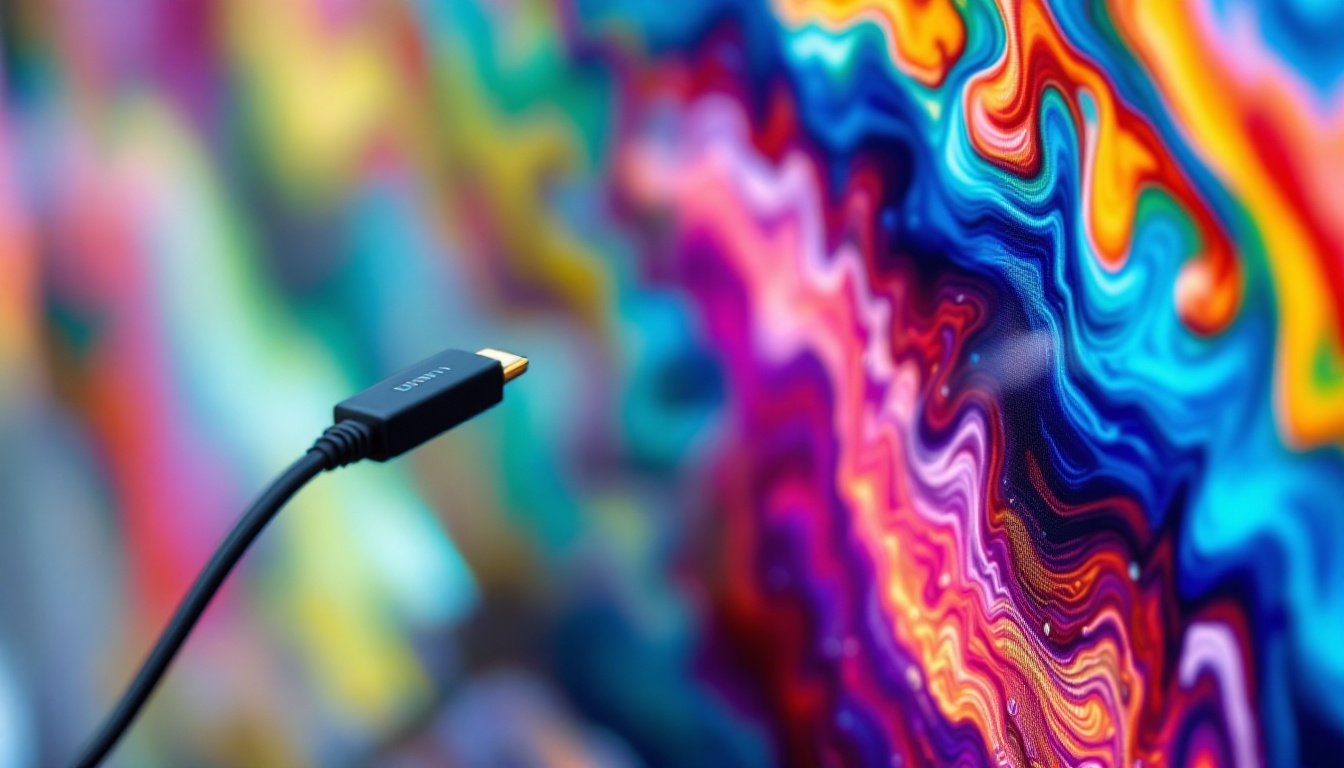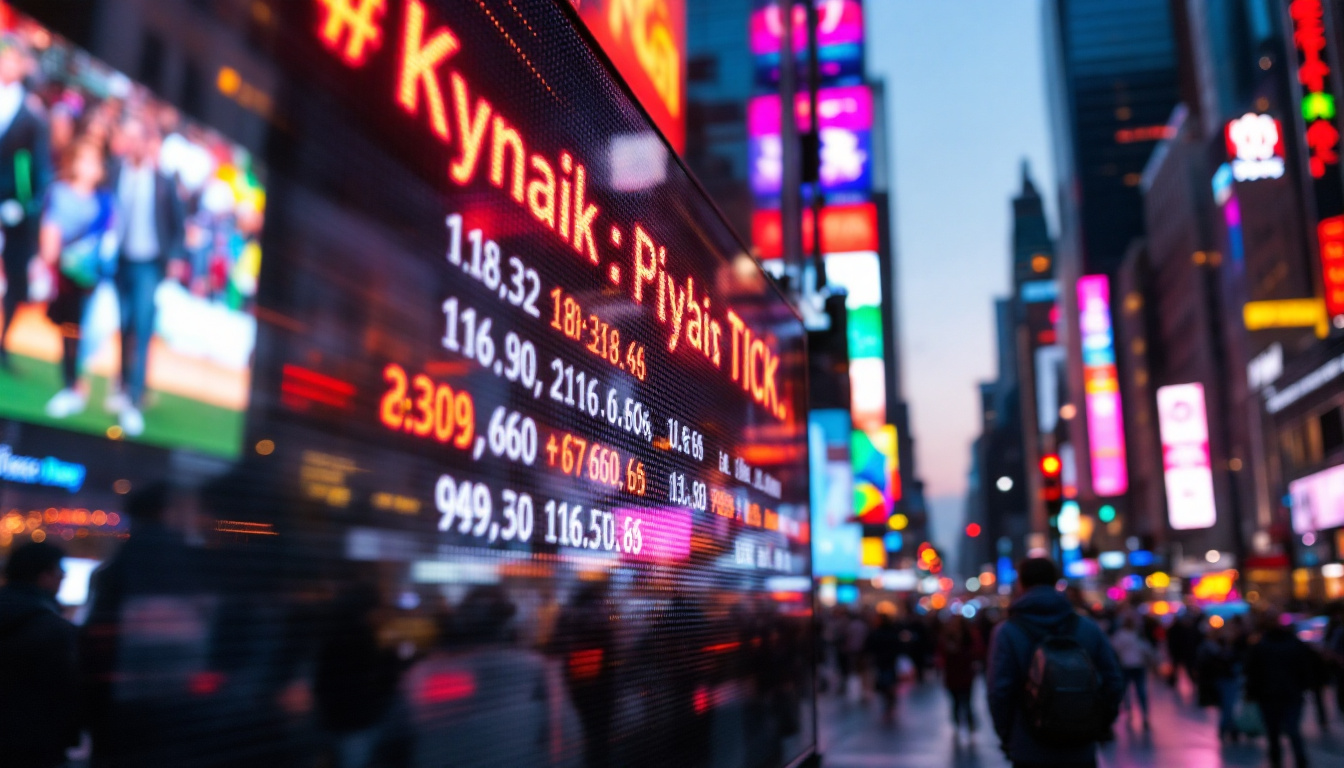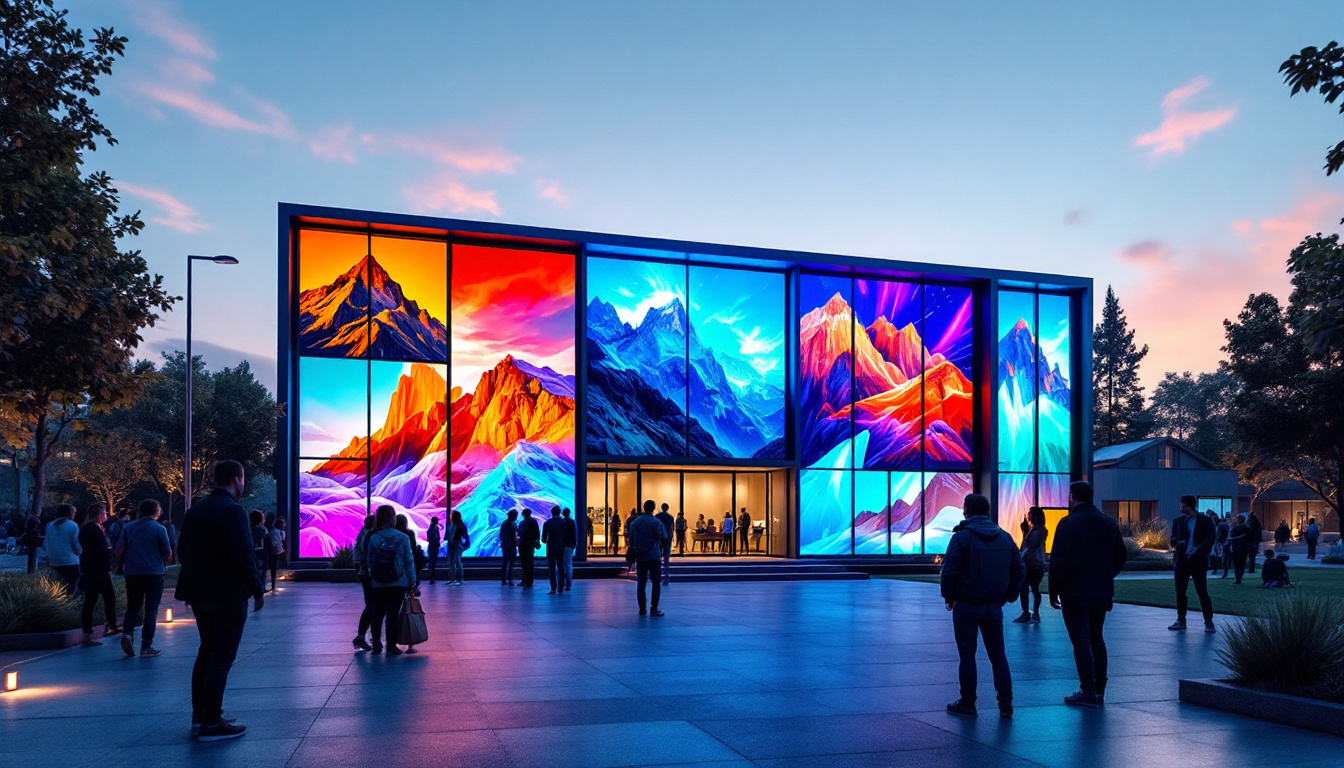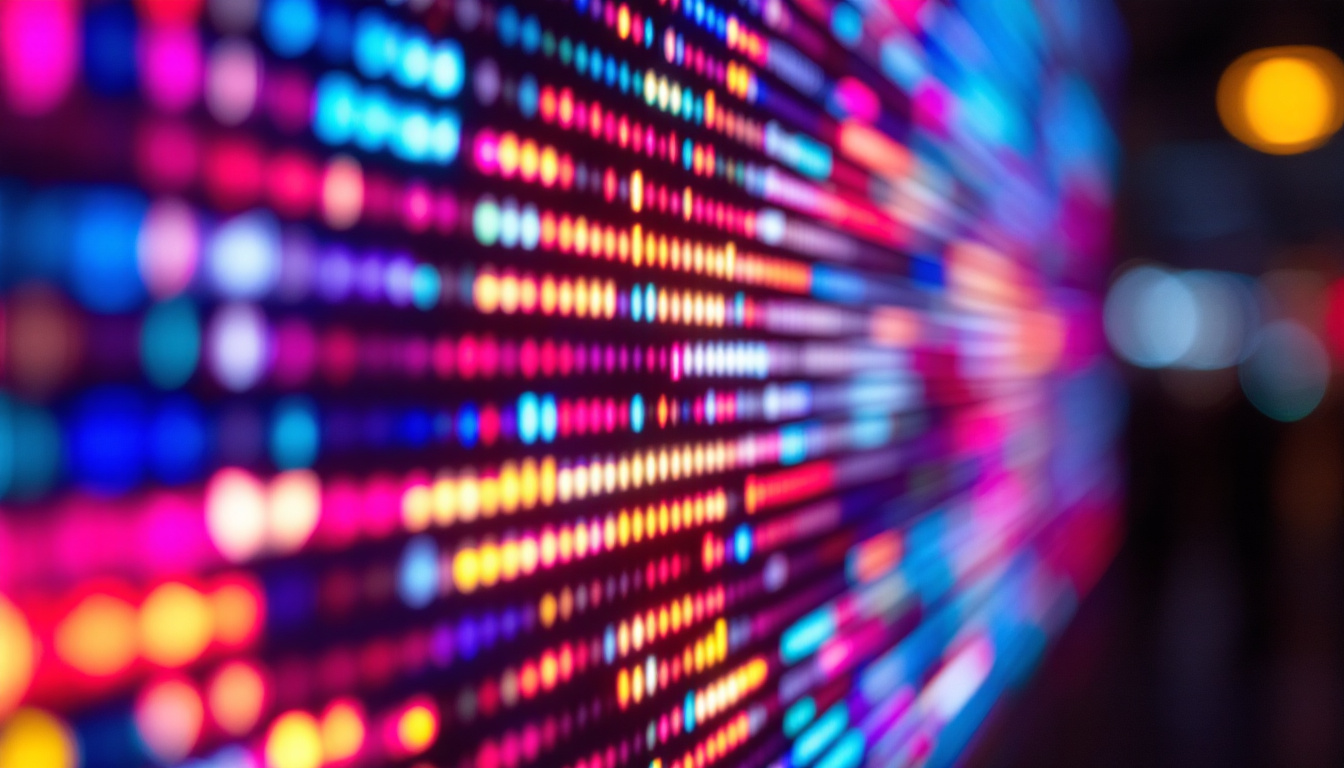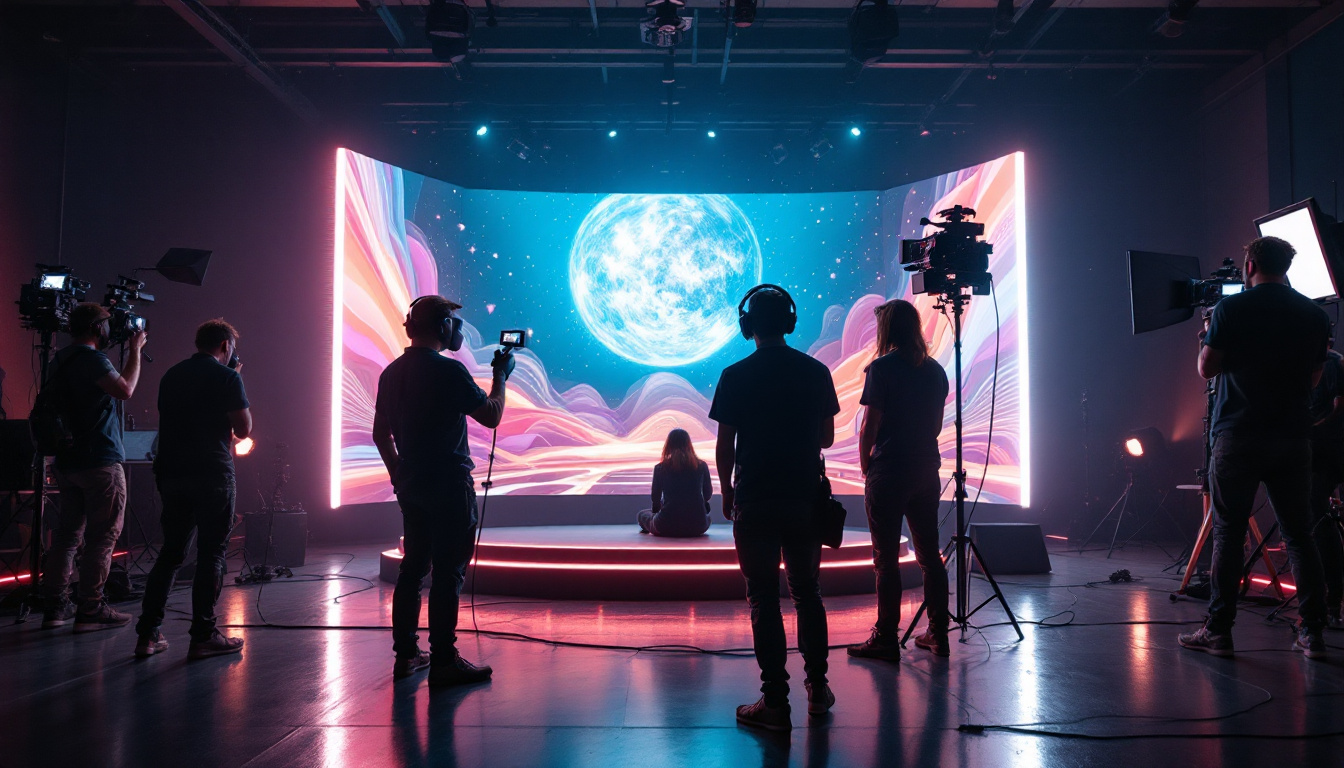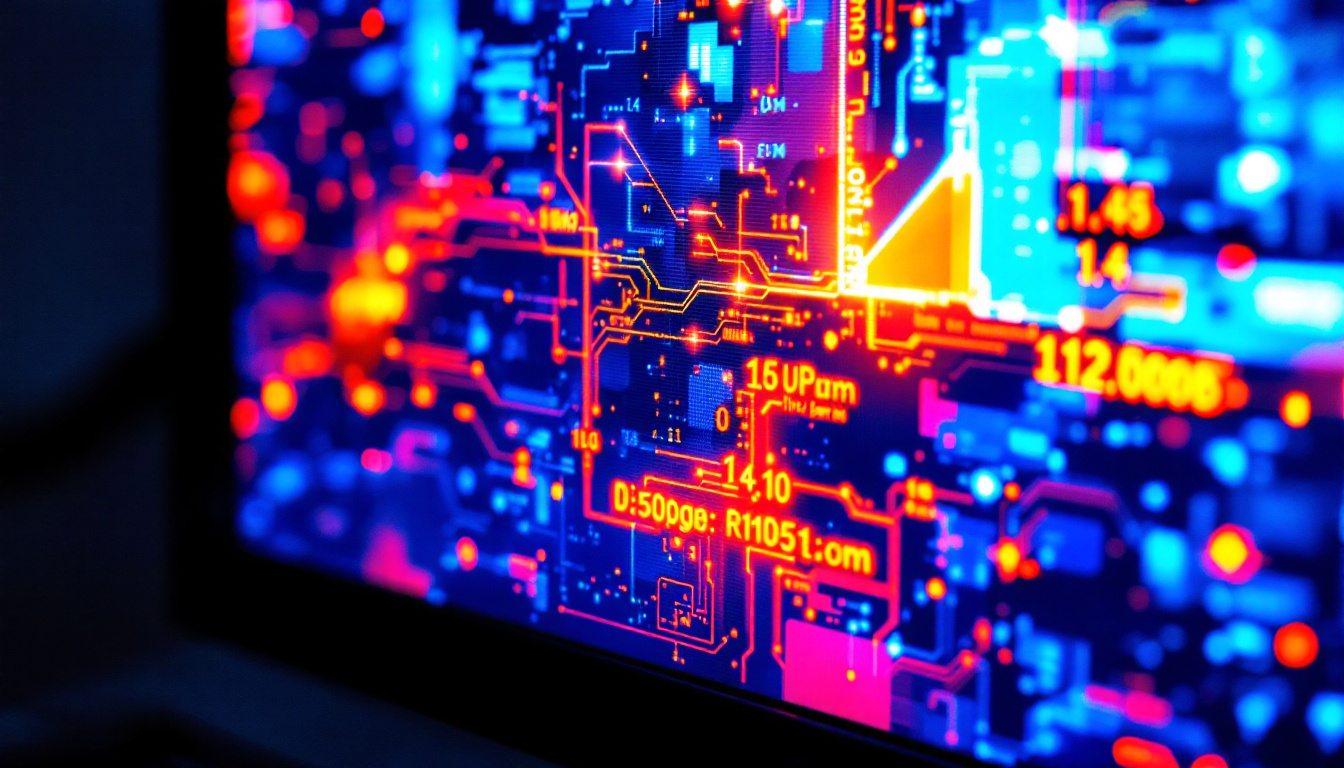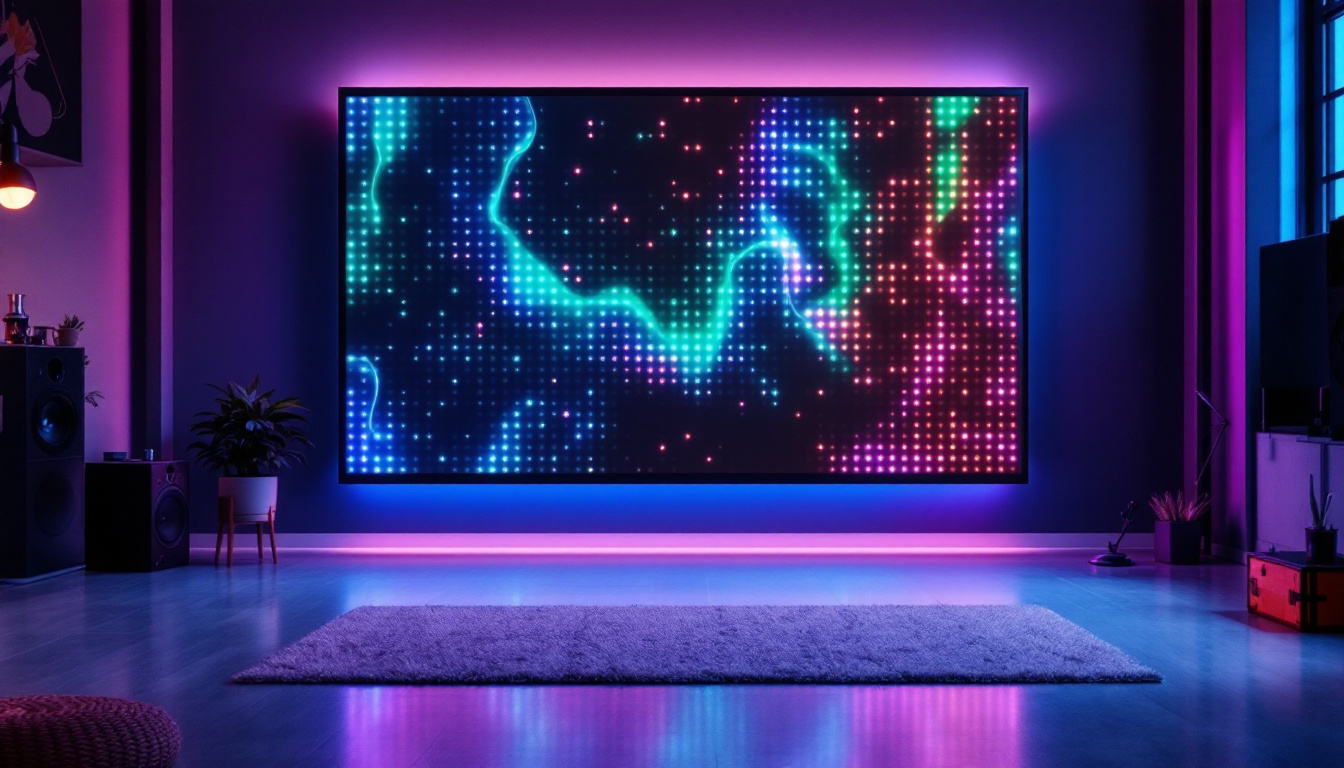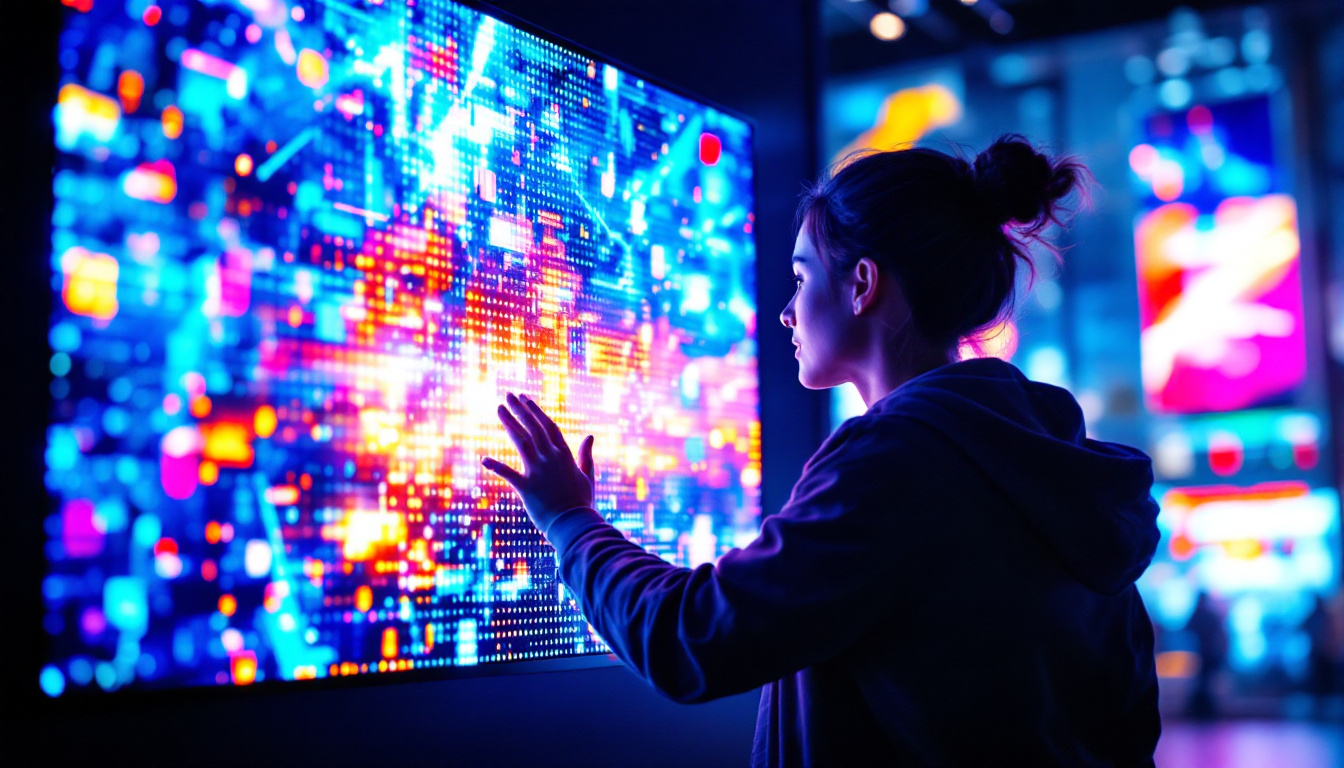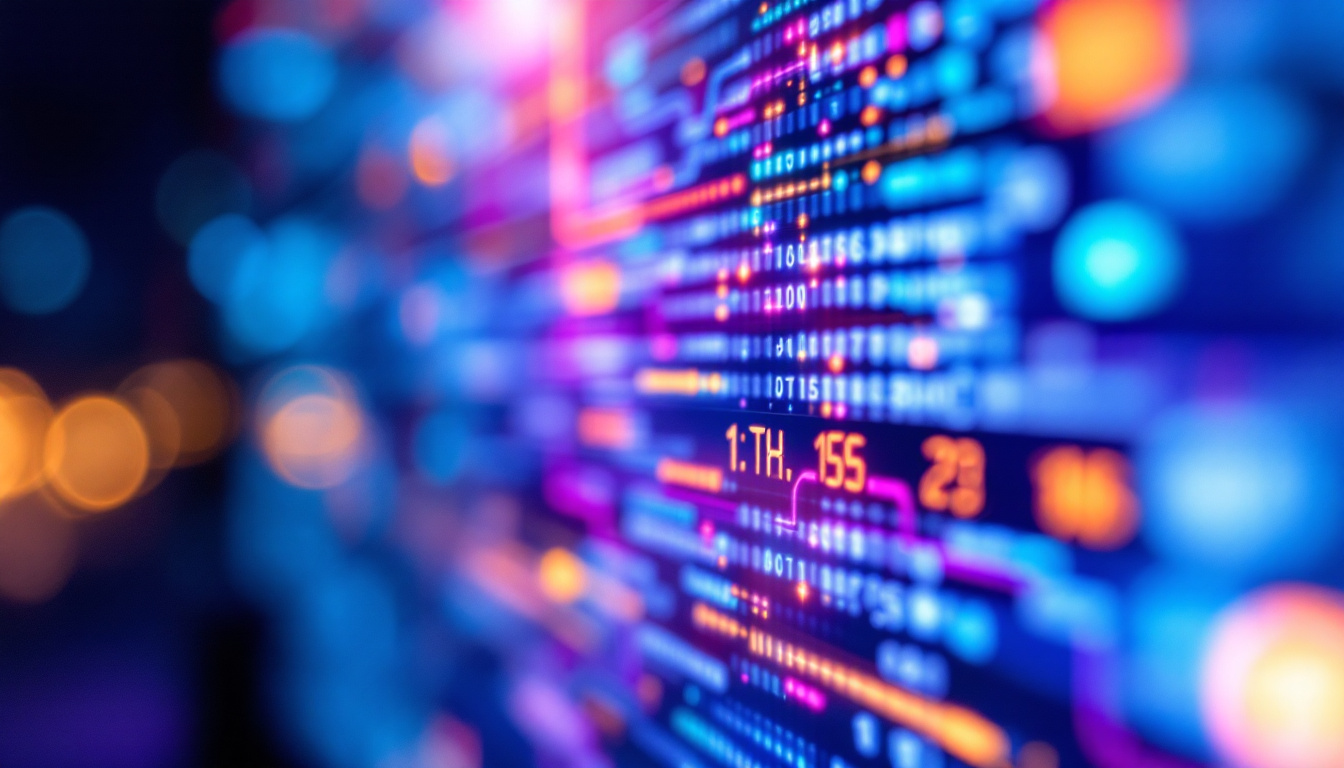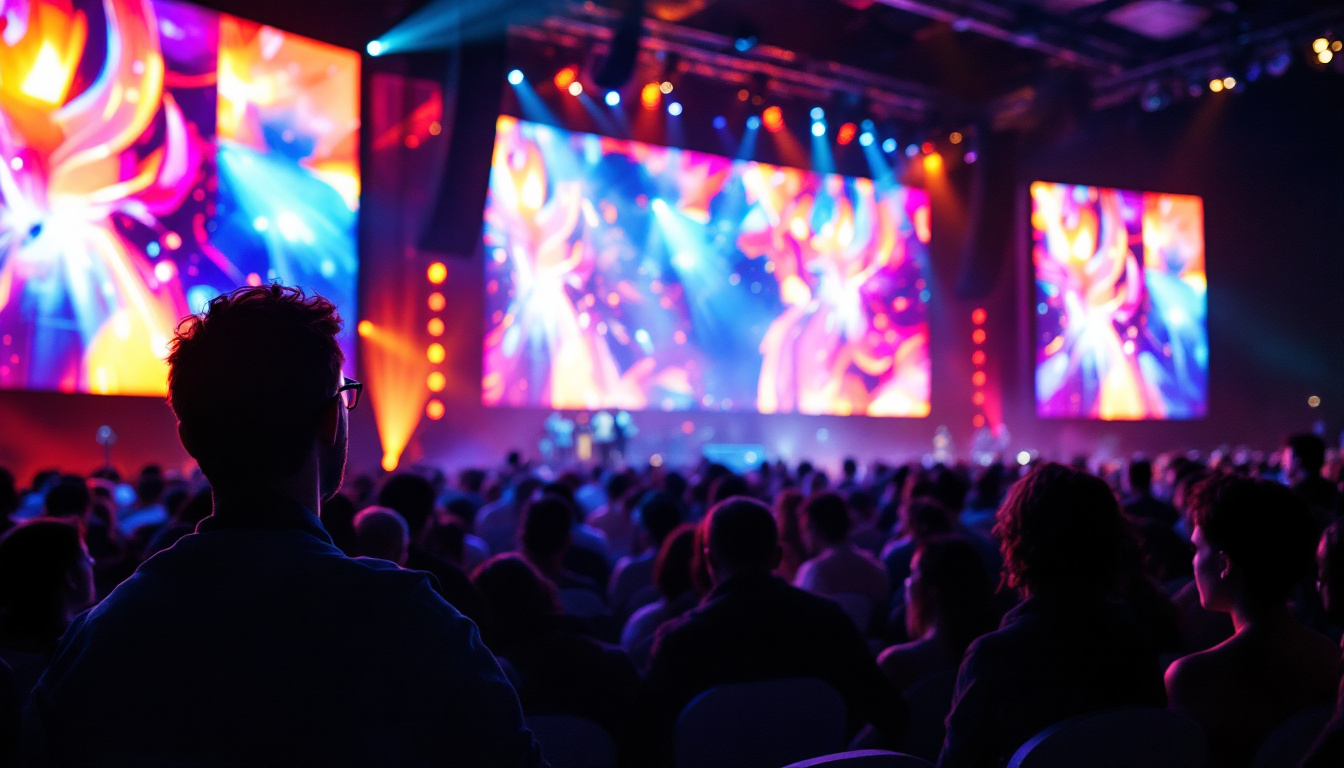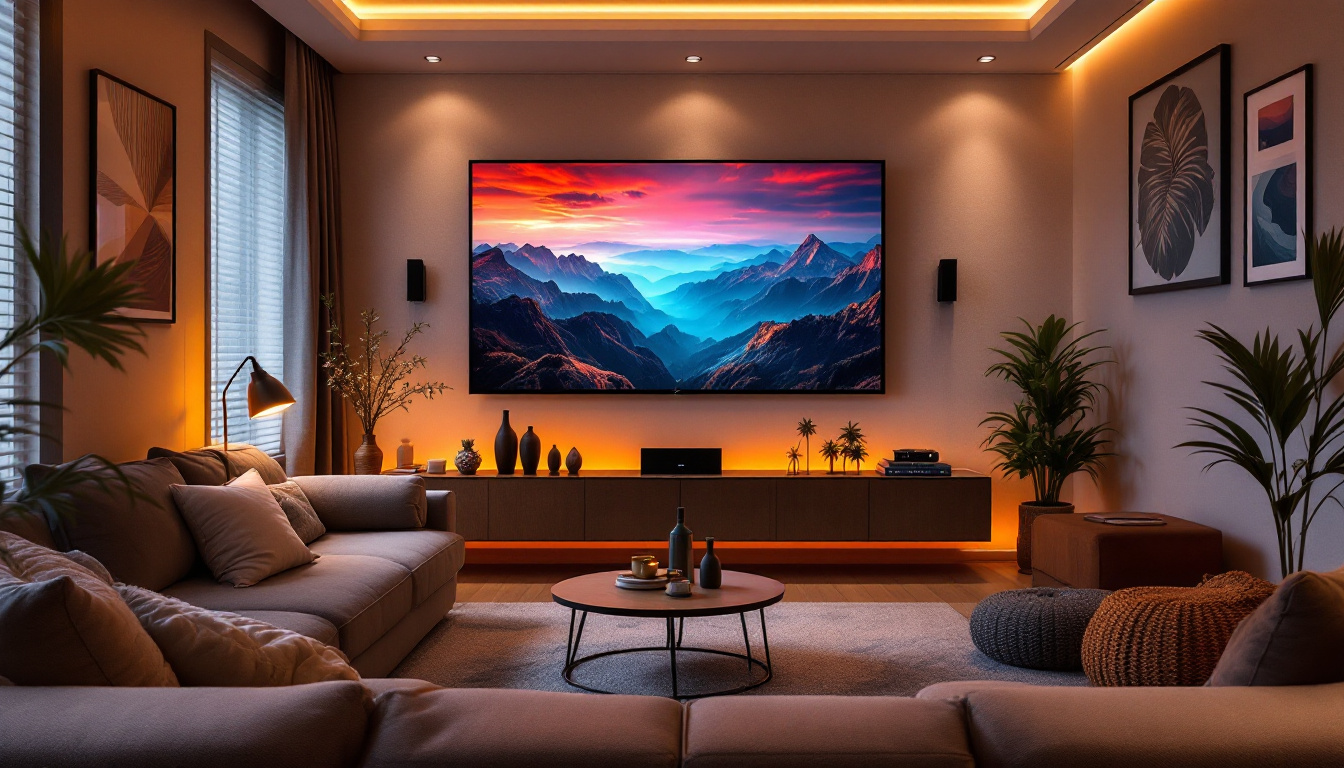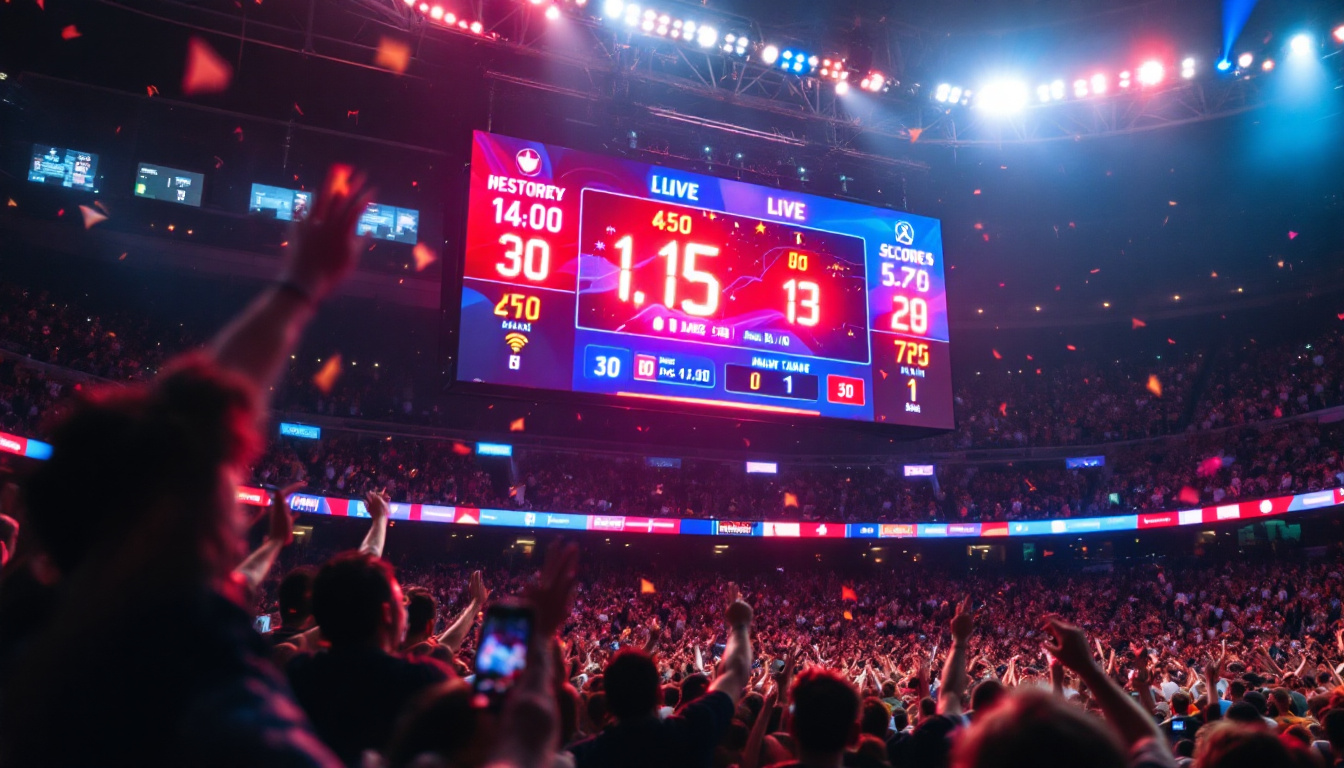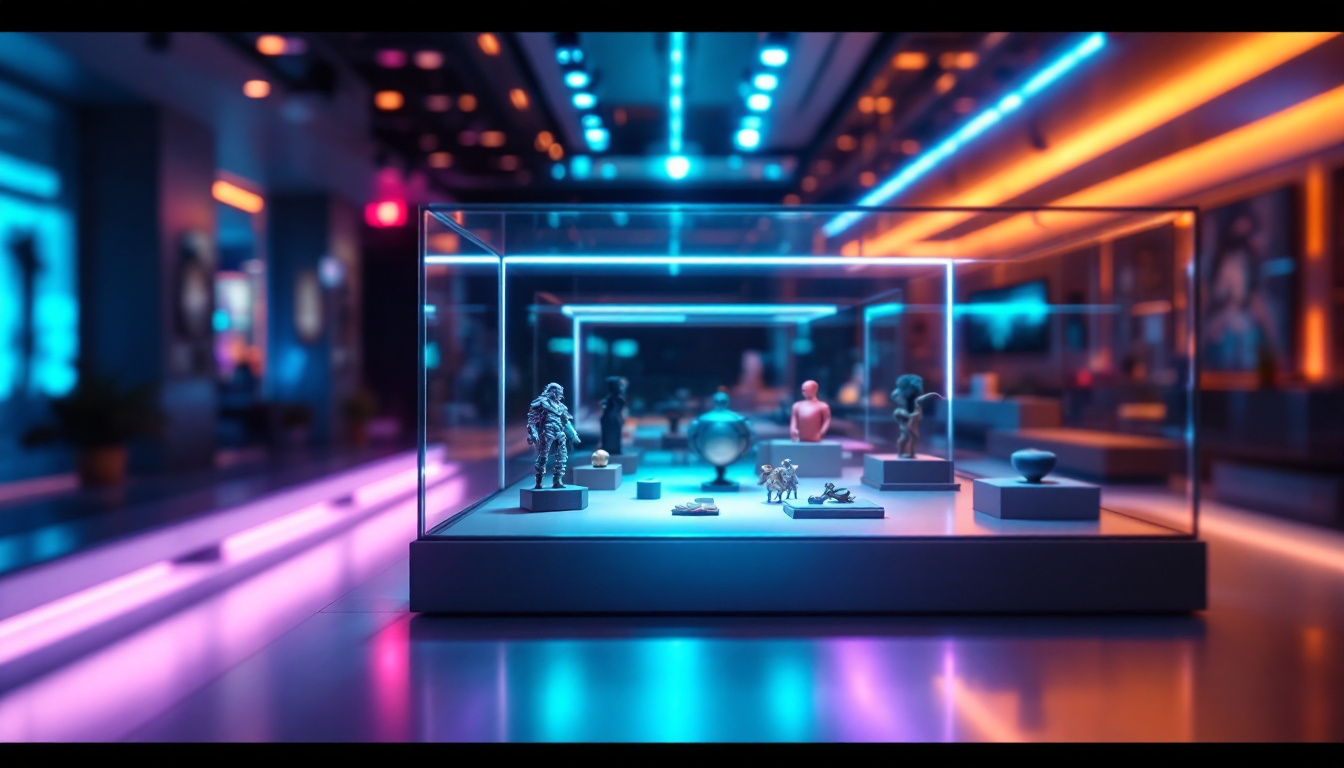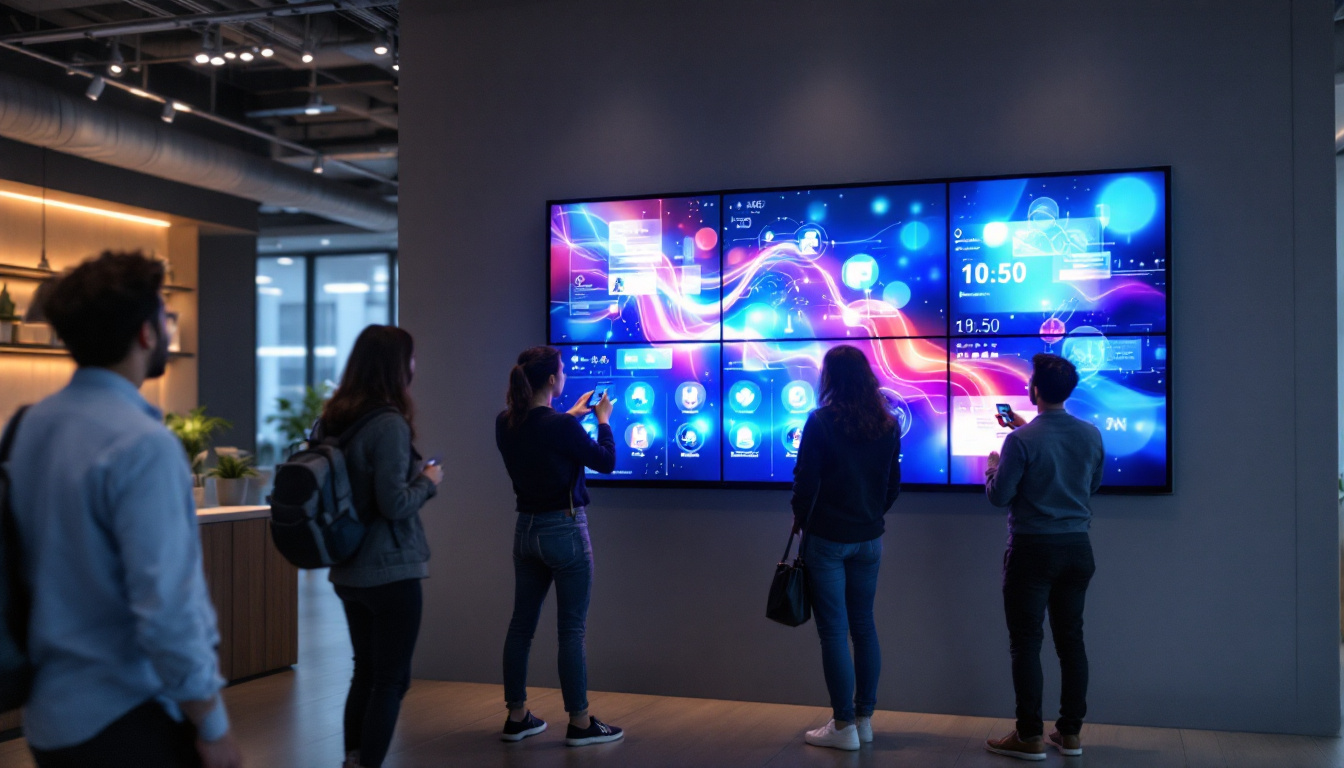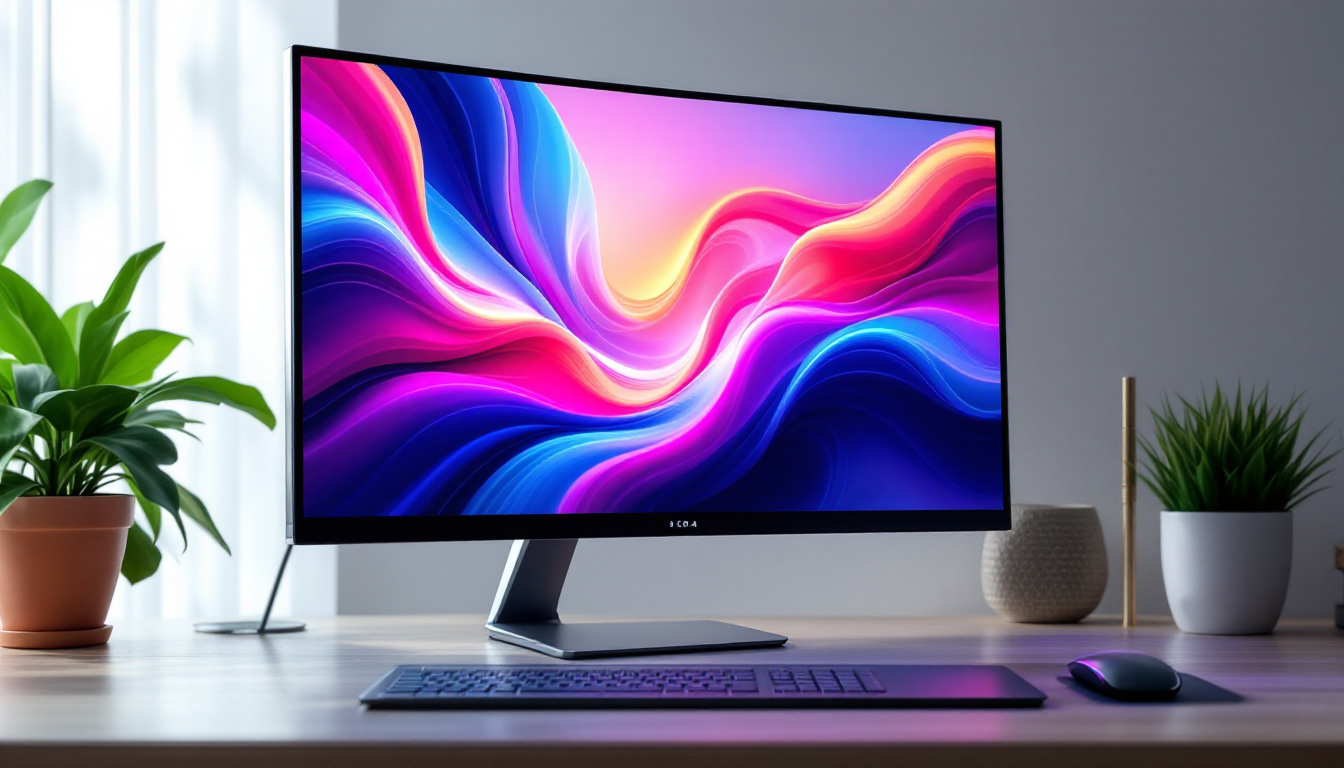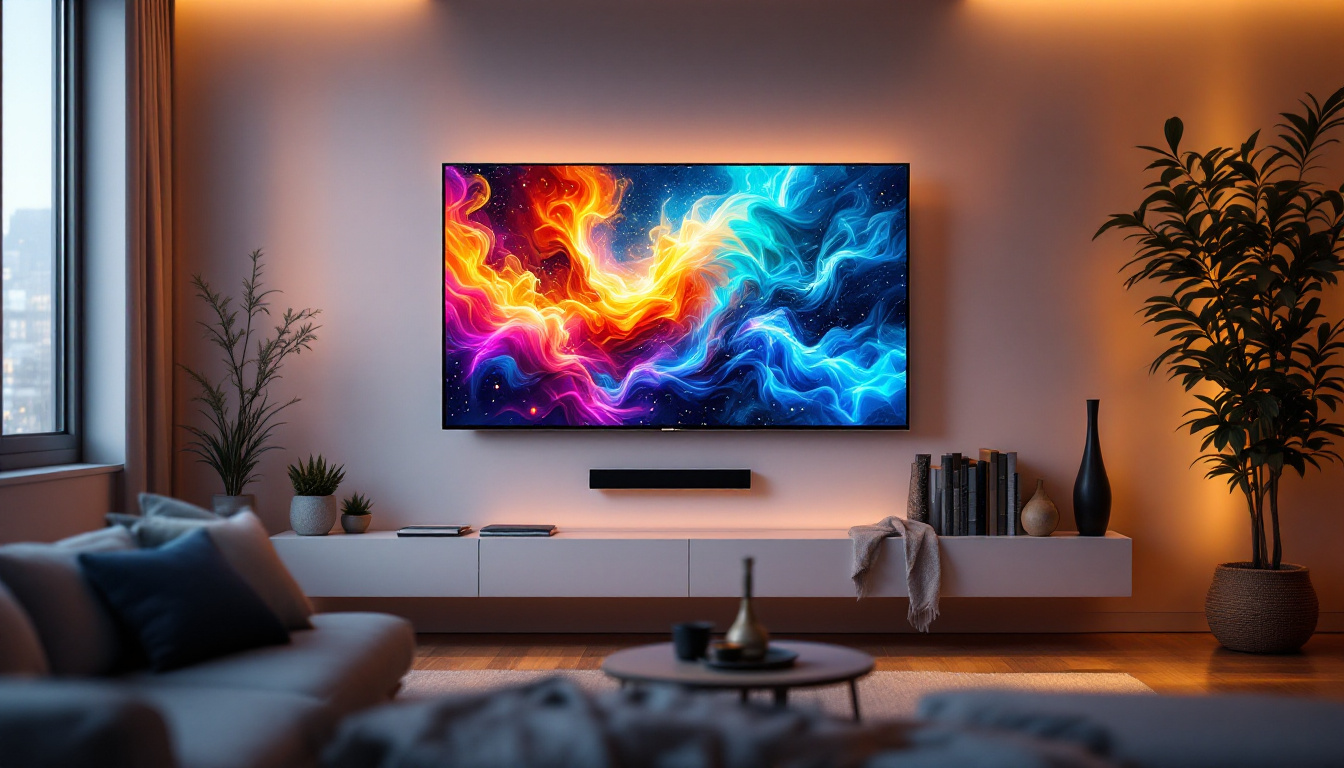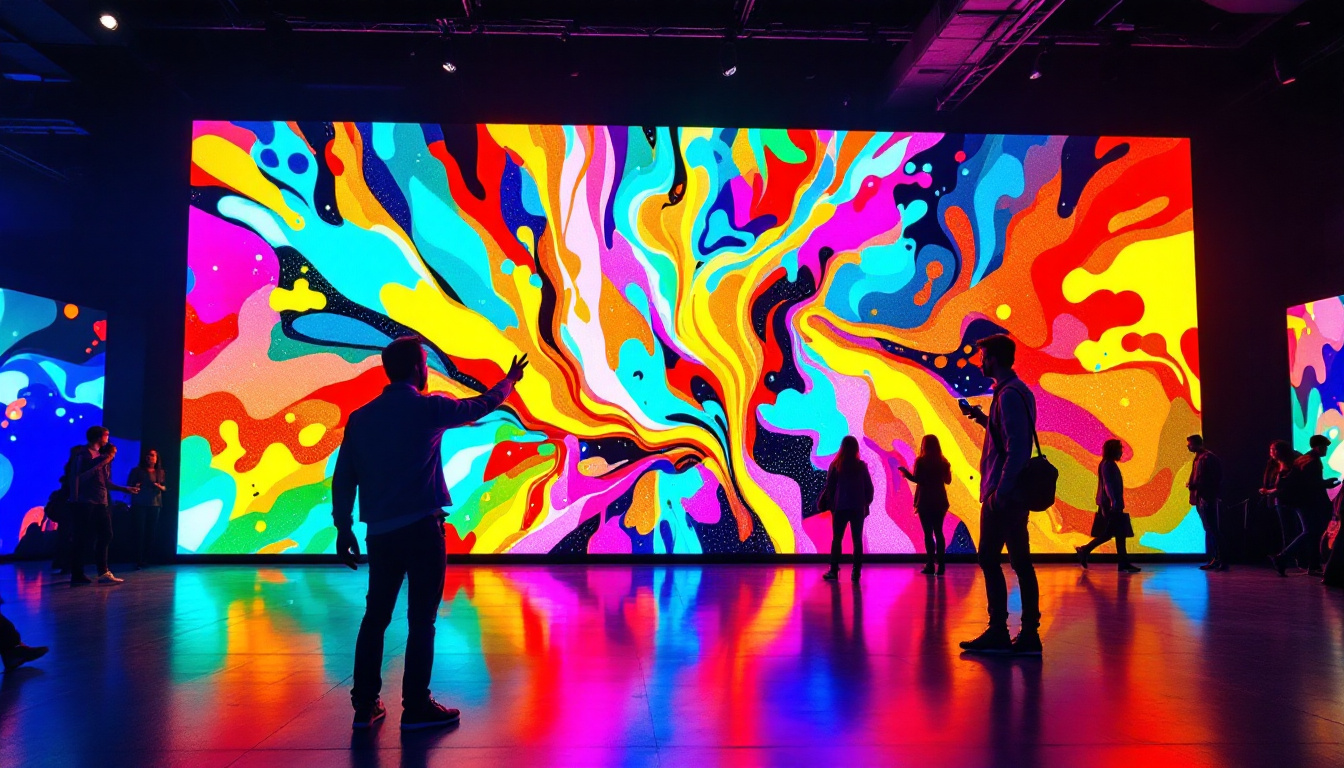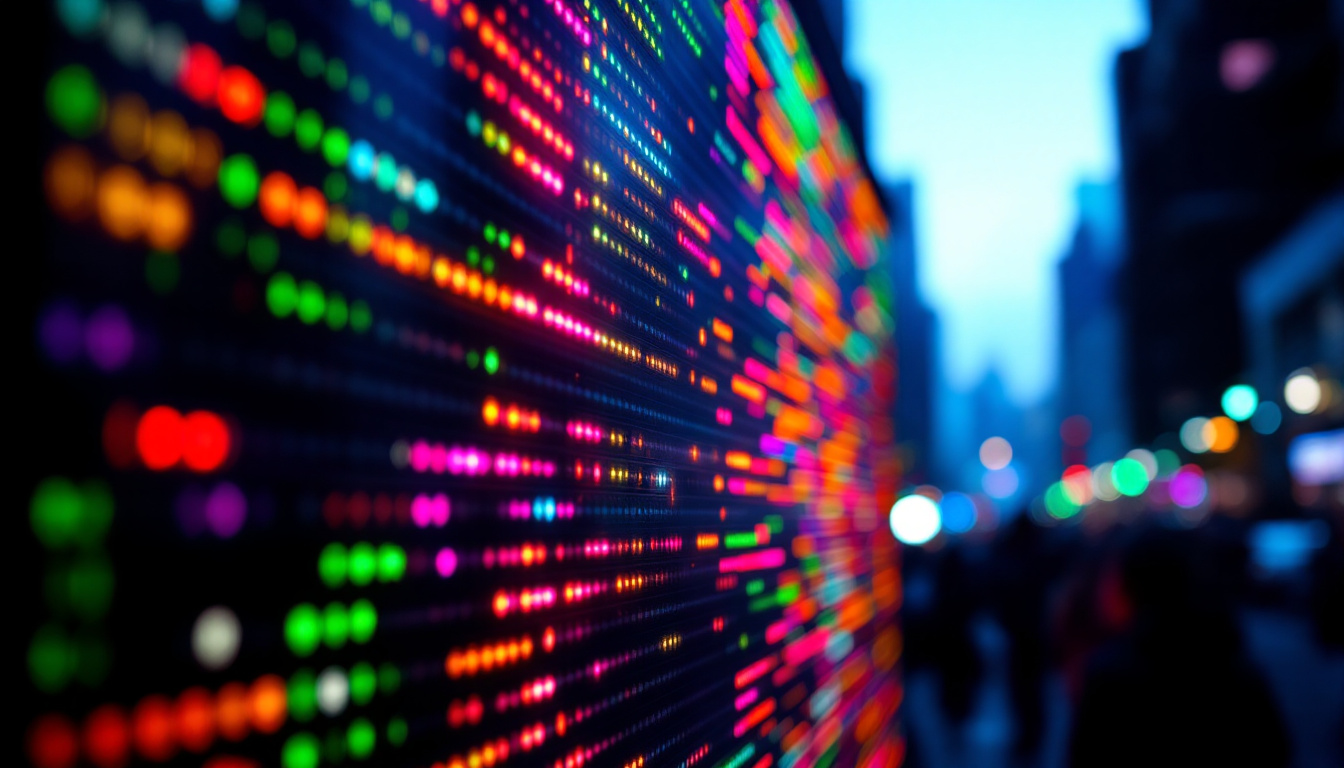In today’s fast-paced, technology-driven world, digital displays have become an integral part of our daily lives. From smartphones to billboards, the use of LED (Light Emitting Diode) displays is ubiquitous. This article delves into the intricacies of LED displays, exploring their technology, advantages, applications, and future trends.
Understanding LED Technology
At the core of LED displays lies the technology that enables them to emit light. LEDs are semiconductor devices that convert electrical energy into light. This section will break down how LEDs work and their evolution over the years.
How LEDs Work
LEDs function based on a principle called electroluminescence. When an electric current passes through a semiconductor material, it excites the electrons, causing them to release energy in the form of photons, which we perceive as light. The color of the light emitted depends on the materials used in the semiconductor. For instance, gallium nitride produces blue light, while gallium phosphide emits green light.
This technology has evolved significantly since its inception. Initially, LEDs were limited to red, green, and blue colors, but advancements have led to the development of full-color displays by combining these primary colors. The ability to mix colors allows for the creation of vibrant images and videos, making LED displays highly versatile. Furthermore, the introduction of white LEDs, which utilize a blue LED combined with a phosphor coating, has opened up new possibilities for lighting applications, enhancing both aesthetic and functional aspects in various settings.
The Evolution of LED Displays
The journey of LED displays began in the 1960s with simple indicator lights. Over the decades, the technology has progressed from basic monochrome displays to sophisticated full-color screens. The introduction of surface-mounted devices (SMD) in the 1990s marked a significant milestone, allowing for more compact and efficient designs. Today, LED displays are used in various applications, from small screens on devices to massive outdoor billboards.
As the technology continues to advance, we see the emergence of organic light-emitting diodes (OLEDs) and microLEDs, which promise even greater efficiency and image quality. OLEDs, for example, offer deeper blacks and a wider viewing angle due to their ability to emit light at the pixel level, eliminating the need for backlighting. Meanwhile, microLED technology is gaining traction for its potential to create ultra-high-resolution displays that are both energy-efficient and durable, paving the way for innovative applications in consumer electronics, automotive displays, and even wearable technology. The ongoing research and development in LED technology hint at a future where displays will not only be more vibrant and energy-efficient but also seamlessly integrated into our everyday environments, enhancing the way we interact with digital content.
Advantages of LED Displays
LED displays offer numerous benefits that make them a preferred choice for various applications. Their energy efficiency, longevity, and versatility are just a few of the reasons why they have gained popularity in recent years.
Energy Efficiency
One of the standout features of LED displays is their energy efficiency. Compared to traditional display technologies like LCD and CRT, LEDs consume significantly less power. This efficiency not only reduces electricity bills but also minimizes the environmental impact. For businesses, the lower energy consumption translates into cost savings over time, making LED displays a financially sound investment. Moreover, many LED displays come equipped with smart technology that allows for adaptive brightness control, further enhancing energy savings by adjusting the display’s brightness based on ambient light conditions.
Longevity and Durability
LED displays are known for their impressive lifespan. Typically, an LED display can last anywhere from 50,000 to 100,000 hours, depending on usage and environmental conditions. This longevity means less frequent replacements, reducing waste and maintenance costs. Additionally, LEDs are more resilient to shocks and vibrations than other display types, making them suitable for various environments, including outdoor settings. Their robust construction also makes them resistant to extreme temperatures and weather conditions, which is particularly advantageous for outdoor advertising and event displays that must withstand the elements.
High-Quality Visuals
LED displays are renowned for their exceptional picture quality. With high brightness levels and contrast ratios, they can deliver vibrant colors and sharp images, even in bright sunlight. This quality makes them ideal for advertising and public information displays. Furthermore, advancements in technology have led to improved pixel density, resulting in higher resolution displays that can showcase intricate details. The ability to produce a wide color gamut ensures that images appear more lifelike and engaging, capturing the attention of viewers more effectively. Additionally, many LED displays support dynamic content, allowing for animations and videos that can enhance the overall viewer experience and convey messages in a more impactful way.
Versatility in Applications
Another significant advantage of LED displays is their versatility in various applications. From large-scale billboards and stadium screens to smaller indoor displays for retail environments, LEDs can be tailored to meet the specific needs of different settings. Their modular design allows for creative configurations, enabling businesses to create unique shapes and sizes that fit their branding and spatial requirements. Furthermore, with the rise of digital signage, LED displays have become integral to modern marketing strategies, allowing companies to update content in real-time and engage customers with timely promotions and information.
Applications of LED Displays
The versatility of LED displays allows them to be used in a wide range of applications. From advertising to entertainment, the possibilities are virtually limitless.
Advertising and Marketing
One of the most prominent uses of LED displays is in advertising. Digital billboards and signage have transformed the way businesses promote their products and services. These displays can be updated in real-time, allowing for dynamic content that captures the attention of passersby. Moreover, LED displays can target specific audiences based on location and time, enhancing the effectiveness of marketing campaigns. The ability to showcase vibrant colors and high-resolution images makes LED displays particularly effective in drawing in potential customers, leading to increased engagement and higher conversion rates.
Furthermore, the integration of LED technology with social media platforms has opened new avenues for interactive advertising. Brands can now display user-generated content or live feeds from social media, creating a sense of community and encouraging audience participation. This innovative approach not only enhances brand visibility but also fosters a deeper connection with consumers, making them feel more involved in the marketing narrative.
Entertainment and Events
In the entertainment industry, LED displays play a crucial role in concerts, sports events, and festivals. Large LED screens are often used to broadcast live performances, ensuring that audiences can see the action from a distance. Additionally, LED technology is employed in stage designs, creating immersive experiences with vibrant visuals that enhance the overall atmosphere. The flexibility of LED displays allows for creative arrangements and configurations, enabling designers to craft unique visual experiences tailored to the theme of the event.
Moreover, the use of LED screens in live events extends beyond just visuals; they can also incorporate synchronized lighting and effects that elevate the performance to new heights. For instance, during a concert, LED displays can be programmed to change colors and patterns in sync with the music, creating a cohesive and exhilarating experience for the audience. This synergy between sound and visuals not only captivates attendees but also leaves a lasting impression that can elevate the artist’s brand and future ticket sales.
Transportation and Public Information
LED displays are widely used in transportation systems to provide real-time information to passengers. Train stations, airports, and bus terminals utilize LED screens to display arrival and departure times, gate information, and other essential updates. This use of technology improves communication and enhances the overall travel experience for passengers. The clarity and brightness of LED displays ensure that information is easily readable, even in bright sunlight or low-light conditions, making them an essential tool for efficient transportation management.
In addition to basic information, LED displays can also serve as platforms for emergency announcements and safety alerts. In the event of delays, cancellations, or safety concerns, these displays can quickly relay critical information to travelers, helping to manage expectations and reduce confusion. Furthermore, some transportation hubs have begun to incorporate interactive LED kiosks, allowing passengers to access maps, schedules, and other travel-related information at their fingertips, further streamlining the travel experience.
Future Trends in LED Display Technology
The future of LED display technology looks promising, with ongoing innovations and advancements on the horizon. As industries continue to evolve, so too will the applications and capabilities of LED displays.
Advancements in Flexibility and Form Factor
One of the emerging trends in LED technology is the development of flexible displays. These displays can be bent and shaped to fit various surfaces, opening up new possibilities for creative designs in advertising and architecture. Flexible LED screens can be integrated into unconventional spaces, allowing for captivating visual experiences that were previously unattainable.
Integration with Smart Technology
The integration of LED displays with smart technology is another exciting trend. With the rise of the Internet of Things (IoT), LED displays can be connected to various devices and networks. This connectivity enables real-time data sharing and interaction, allowing businesses to tailor content based on audience behavior and preferences. For instance, smart billboards can change advertisements based on the demographics of the people nearby.
Sustainability Initiatives
As environmental concerns continue to rise, the LED display industry is also focusing on sustainability. Manufacturers are exploring eco-friendly materials and production processes to reduce the carbon footprint of LED displays. Additionally, recycling programs for old displays are being implemented to minimize electronic waste. These initiatives reflect a growing commitment to sustainability within the industry.
Challenges Facing LED Display Technology
Despite the many advantages of LED displays, there are challenges that the industry must address to continue its growth and development. Understanding these challenges is crucial for stakeholders involved in the production and implementation of LED technology.
Cost Considerations
While the prices of LED displays have decreased over the years, the initial investment can still be significant, especially for large-scale installations. Businesses must weigh the upfront costs against the long-term benefits of energy savings and durability. For some, the financial barrier may hinder the adoption of LED technology, particularly in smaller enterprises.
Technological Limitations
Although LED displays are highly versatile, they do have limitations. For instance, achieving true black levels can be challenging, as LEDs emit light even when turned off. This limitation can affect the overall contrast ratio and picture quality, particularly in darker scenes. Ongoing research and development are essential to overcome these technological hurdles and enhance the performance of LED displays.
Conclusion
LED displays have revolutionized the way information is presented and consumed. Their energy efficiency, longevity, and high-quality visuals make them a preferred choice across various industries. As technology continues to advance, the future of LED displays looks bright, with innovations in flexibility, smart integration, and sustainability paving the way for new applications.
While challenges remain, the potential for LED displays to reshape advertising, entertainment, and public communication is immense. As stakeholders in the industry work to address these challenges, the impact of LED technology on our daily lives will only continue to grow.
Discover the Future of Visual Communication with LumenMatrix
Ready to elevate your visual presence and engage your audience like never before? Explore LumenMatrix’s comprehensive range of LED display solutions, where innovation meets practicality. Whether you’re in need of an Indoor LED Wall Display for your retail space, an Outdoor LED Wall Display for impactful advertising, or any of our specialized solutions like Vehicle LED Displays, LED Sports Displays, and even Custom LED Displays, LumenMatrix has you covered. Embrace the power of state-of-the-art LED technology to create unforgettable visual experiences and communicate your message with unparalleled clarity. Check out LumenMatrix LED Display Solutions today and join the revolution in digital displays.

